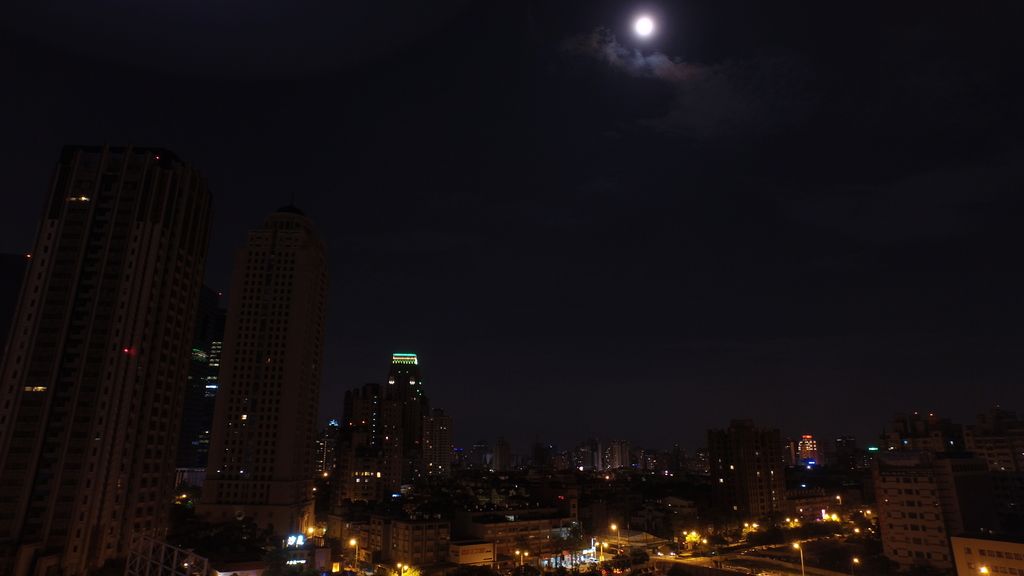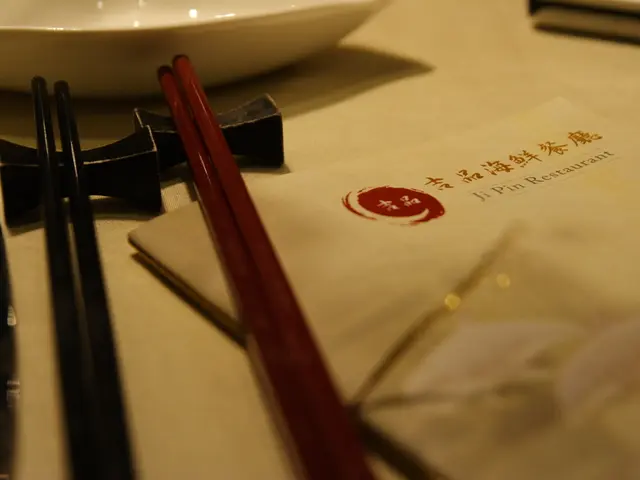The inherent beauty and charm of imperfection: An exploration of Wabi-Sabi
Jen Tijssen's Love for the Imperfect: Exploring Wabi-Sabi in Modern-Day Japan
Embark on a journey through the heart of Japan, following Jen, a cultural enthusiast who has adored the Land of the Rising Sun since childhood. From animated shows to language studies, her passion for Japan has kept growing. Arriving in 2022, she seeks to immerse herself in all aspects of this lovely nation. Her interests range from food and design to sociology and flora and fauna.
Chances are you've stumbled upon the term wabi-sabi at some point. It's a captivating Japanese expression that embodies the concept of perceiving beauty in imperfection and decay. To help you understand this intriguing philosophy better, let's explore the essence of wabi-sabi,look at some notable historical figures who contributed to its growth, and discuss its role in contemporary Japanese culture.
Before delving deeper, it's essential to understand the two compounds that make up this word-wabi and sabi. Wabi (侘) originally referred to the beauty found in simplicity and solitude, while sabi (寂) signified the appreciation of decay and wear due to the passage of time. In harmony, they symbolize a worldview that values the ephemeral and the simple.
The Origins of Wabi-Sabi
Wabi-sabi is deeply rooted in Zen Buddhism, a religious and philosophical tradition brought to Japan from mainland Asia in the 7th century. Influential ideas like the Chinese script, bonsai trees, and ikebana (flower arrangement) originated during this period. Zen Buddhism evolved into its current form in the 12th century and gained a massive following, propelling the ideas of austerity and impermanence into the mainstream.
Key Figures in Wabi-Sabi's Journey
- Sen no Rikyū: A pivotal figure in realizing wabi-sabi ideals, Sen no Rikyū (1522-1591) is considered the originator of the Japanese tea ceremony as we know it today. By refining the rustic tea style, he reflected the wabi-sabi ideal. His ordinary tea utensils and surroundings exuded an Earthy, understated charm that captivated feudal lords Nobunaga and Hideyoshi, who eventually asked him to take his life. Despite this heartbreaking conclusion, Sen no Rikyū's ideas on humble, austere aesthetics continue to impact Japanese culture.
- Matsuo Bashō: Known as one of the greatest haiku poets in history, Matsuo Basho (1644-1694) left a significant footprint on wabi-sabi by illuminating the beauty of everyday life and celebrating the impermanent aspects of the natural world. One of his most renowned haikus reads:
An old ponda frog jumps inthe sound of water
Inspired by nature's unassuming beauty, Matsuo Basho found inspiration wandering the rural countryside, far from bustling urban life.
Stunners of Wabi-Sabi Architecture
- Ryōan-ji Temple Rock Garden: Recognized worldwide, the Ryōan-ji rock garden showcases minimalist landscaping typical of Zen gardens found at temples. Today, the famous craggy rocks are still arranged in an incomplete formation, representing impermanence and the passage of time. The temple's clay wall, darkened by age, highlights the concept of decay and wear, echoing the essence of wabi-sabi.
- Saiho-ji Temple (Koke-dera): Established in the 14th century, Saiho-ji Temple is the earliest known Zen garden. Its lush moss coverage is the most famous feature, symbolizing the natural beauty found in the simplest of things.
Modern Wabi-Sabi: Adapting to the Present
Wabi-sabi remains a treasured aspect of Japanese identity, serving as a balm against the relentless pursuit of perfection in the modern world. It inspires a sustainable, mindful way of living that embraces humility, simplicity, and transience. Whether it's admiring cherry blossoms or autumn leaves, wabi-sabi encourages us to pause and appreciate the fleeting beauty of life.
Your Gateway to Japan: Tours
Delve into the beauty of Japan with us, our diverse range of tours taking you on a guided adventure through Tokyo, Mount Fuji, and Kyoto, among other places. Our English-speaking guides will introduces you to the area's history, hidden gems, and local flavors.
Experience the charm of Tokyo's Tsukiji Fish Market or enjoy a full-day tour of Kyoto-our tours showcase the very best of what Japan has to offer. For more travel inspiration, follow us on Instagram, Facebook, Twitter, and TikTok!
Wabi-sabi's impact extends beyond art, design, and philosophy, penetrating daily life and transforming it into a living, breathing demonstration of its principles. Embrace the beauty of imperfection, and let wabi-sabi inspire you on your journey towards sustainable, mindful living.
Recommended Reading
Explore more about wabi-sabi, its history, and how it continues to shape Japanese culture:
- Wabi-Sabi for Artists, Designers, Poets & Philosophers by Leonard Koren
- Wabi-Sabi: The Art of Impermanence by Andrew Juniper and perfumer Christine Nagel
- The Invention of Wabi-Sabi: Discovering the Beauty in Imperfection by Yuasa Kaori
- Jen's curiosity leads her to explore the role of wabi-sabi in contemporary Japanese lifestyle, culture, and fashion-and-beauty, as she pursues food tours and immerses herself in the country's charming nature.
- The temples of Japan, such as the Ryōan-ji Temple Rock Garden and Saiho-ji Temple, are testaments to the enduring influence of wabi-sabi, showcasing minimalist landscaping and lush moss coverage that symbolize the appreciation of imperfection and simplicity.
- Emulating the teachings of Sen no Rikyū and Matsuo Basho, modern-day tourists partake in the philosophy of wabi-sabi by traveling to Japan to embrace the fleeting beauty of cherry blossoms, learn about local history and hidden gems, and taste authentic Japanese cuisine.
- For those interested in diving deeper into the world of wabi-sabi, several books offer invaluable insights, including "Wabi-Sabi for Artists, Designers, Poets & Philosophers" by Leonard Koren and "Wabi-Sabi: The Art of Impermanence" by Andrew Juniper and perfumer Christine Nagel.
- The teachings of wabi-sabi offer a refreshing antidote to the modern world's obsession with perfection, encouraging a sustainable, mindful way of living that values humility, simplicity, and the beauty found in imperfection.








